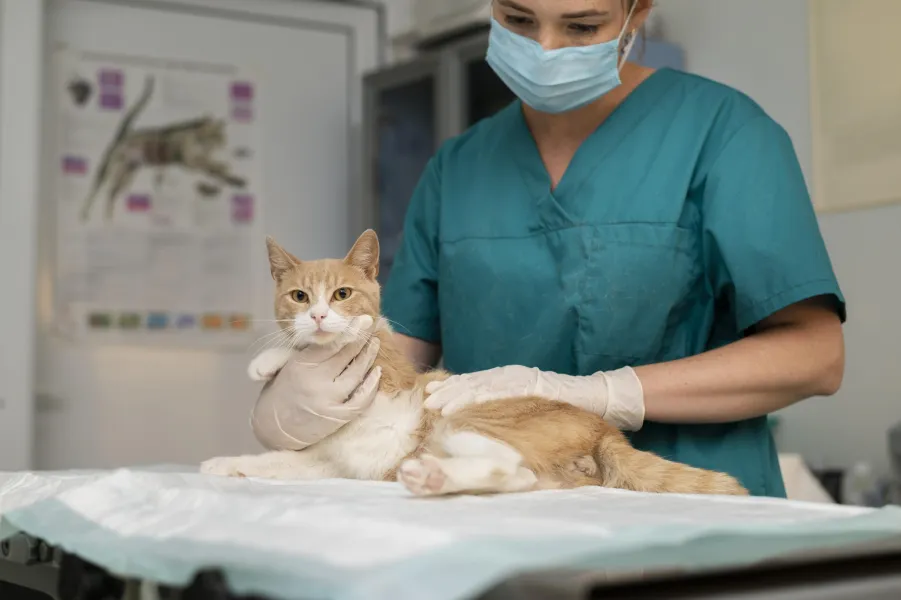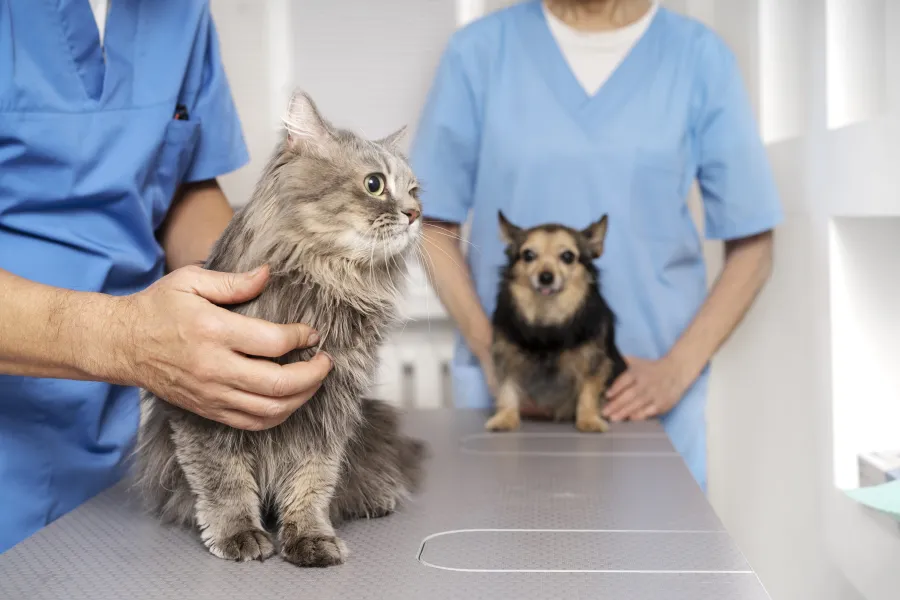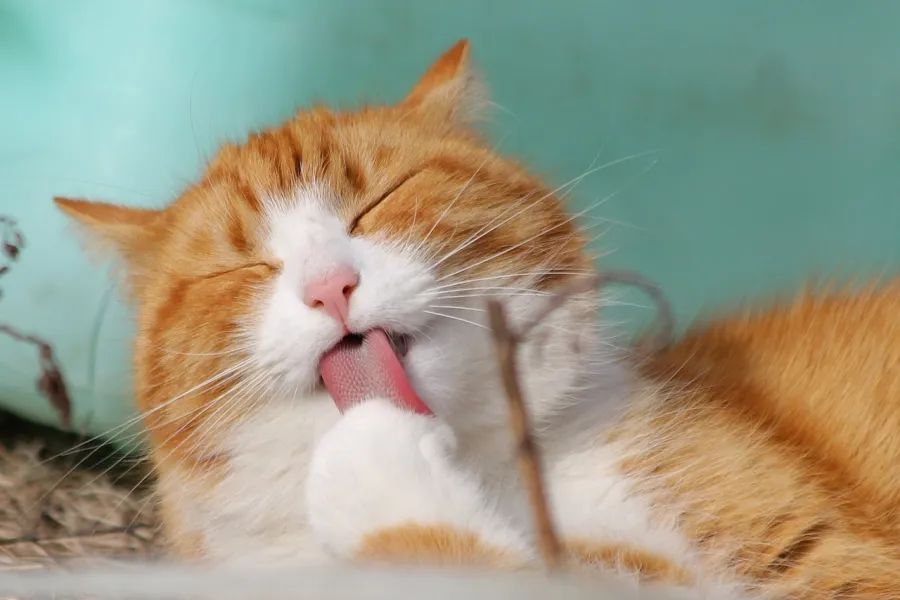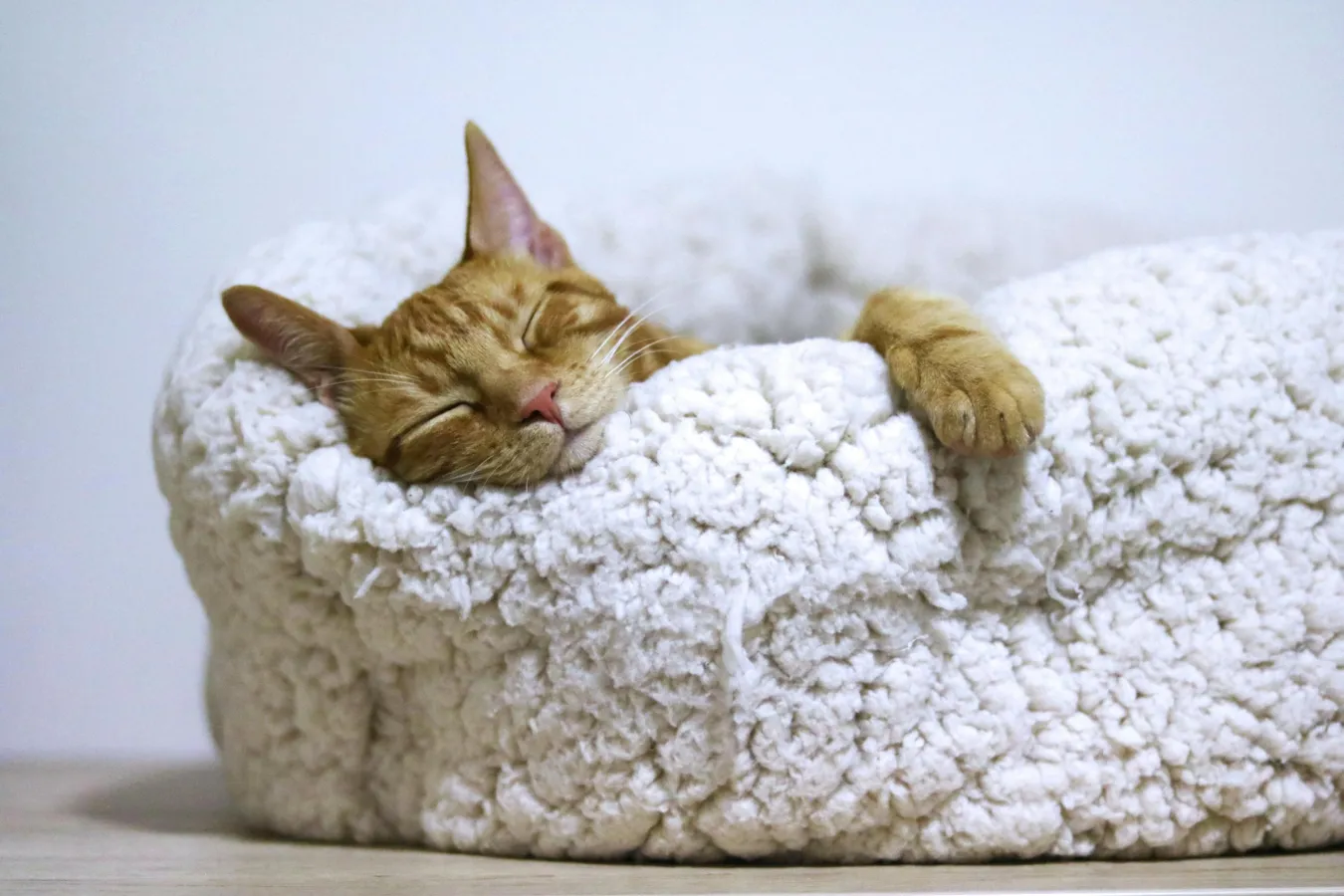Cats have long been close to humans, and these cute animals are tidy and require little attention, so it is convenient to keep them in a house with a small capacity. A bowl full of nutritious food and a toilet box are the following ingredients that our fluffy friend needs. However, as with every other living being, the cat can be sick, from an active animal to a sedentary animal whose eyes are full of suffering.
Of course, a non-existent owner of the animal cannot look indifferent to such a heartbreaking state and tries to alleviate the condition of the pet as much as possible. If the cat is sick, the most effective action will be a visit to the veterinarian, in some cases you can treat the animal at home. In both cases, it will not be superfluous to understand what happened to the pet. In this article, we will look at the most common diseases of domestic cats and ways to treat them.

Currently, small pet veterinary medicine is slightly worse developed than knowledge in the field of animal diseases, which is practically used in agriculture. Such a delay is due to the fact that pet medicine was practically not required 30-40 years ago. Nevertheless, in modern veterinary medicine, there is good information about the diseases of cats and their symptoms.
Cat diseases and their symptoms
Any disturbances in the functioning of the cat's body can be indicated by significant changes in behavior or other signs. Among the most common symptoms of cat diseases are the following:
- Violation of the usual diet, poor appetite or refusal to eat, as a result of which there may be weight loss;
- Changes in behavior, such as decreased social activity, aggression and irritability, or vice versa-lethargy;
- Changes in skin color and texture;
- Violation of fleas, the appearance of bald spots;
- Mucous discharge from the nose or eyes;
- Changes in body temperature. Typically, the body temperature of a domestic cat varies between 37.5 – 39°C, while in young animals it is usually higher;
- Traces of blood in urine or feces, lowering frequency or completely stopping urination or defecation processes;
- Vomiting or diarrhea
The appearance of such symptoms – indicates the condition of boorish in the presence of a veterinarian, since the disease of cats can seriously endanger the life of the animal and even lead to death if it is not treated at the time.Timely assistance can prevent the worst complications and return the cat to normal.
Cats are just as weak in the face of various diseases as other animals, especially if they are not vaccinated in time. Most of the cat's most dangerous diseases have been sufficiently studied and classified due to years of Veterinary Research. Let's take a closer look at the most common diseases of cats.

Diseases of domestic cats that occur on the skin and wool
A rare disease, but with sufficiently deplorable consequences, some are likely to be transmitted to humans. A cat with this type of disease develops redness and baldness in its body, the animal often becomes stale, becomes nervous.
Often the cause of such problems is various parasites: mites, fleas, lice or whip beetles. The cat can experience such an attack while walking on the street and in contact with other animals, and the person can also bring parasites home in their clothes or shoes. The presence of fleas or lice in the animal's fur is most easily felt by traces of the vital activity of these insects, which resemble small black dots. In addition, lice and flea bites irritate the skin, which causes the cat to itch a lot and try to bite pests from the fur
Most often, a fungus can be the cause of a cat's skin disease, one of the most infectious diseases is the skin fungus, which poses the greatest danger to kittens. Symptoms of this disease appear in the form of pink bald spots covered with scabs. The skin fungus is transmitted by contact with a sick animal with a healthy animal. Some types of Mycoses can also be parasitic in humans, so when a skin fungus appears, it should be treated as soon as possible until the disease spreads to the whole family.
It should be borne in mind that peeling and redness of the skin can also occur due to an allergic reaction. Often, it is an almost impossible task to determine an accurate diagnosis without the help of a specialist, therefore, a pet with such symptoms should be taken to a veterinary clinic for laboratory tests.
In most cases, the cat's skin disease heals quickly enough when applied in time and correctly to treat it. It is used to relieve the main causative agent and unpleasant symptoms with the help of spray and lubricants from parasites and fungi. One of the most effective ways is to prevent the cat with good anti-parasite remedies.
When combating allergies, its root is first identified, and later it is ensured that the cat does not approach it. If an allergic reaction is present from the very beginning, the remedies are painful and discomfort is directed to the elimination of complications.

Urinary tract diseases of cats
The urethra contains organs that perform urinary and reproductive functions. This type of disease is detected in disorders of urinary excretion in cats, in the presence of blood in the urine, in secretions with a mixture of mucus and blood around the external genital organs, and in the intensity of water demand.
Urolithiasis is one of the common urinary-thoracic diseases that, according to statistics, occurs in 10% of cats. Symptoms of this disease appear suddenly, and painful sensations when the cat urinates give a meowing sign from pqydo, traces of blood can be detected in the urine. Symptoms of the disease cannot be ignored, it can also be fatal if urolithiasis is strained.
Symptoms of this disease are slightly more common in sterilized cats than pets with a system of non-surgically affected urinary organs. In addition, the cause of the development of urolithiasis can be obesity, sedentary lifestyle, poor nutrition or low drinking water quality.
The diagnosis of urolithiasis is made by a therapist, and if the tests confirm this disease, the nephrologist will then be engaged in the treatment of the pet. At the same time, it uses a complex method with the consumption of herbs, the choice of optimal nutrition or shock wave therapy. In particularly severe cases, surgical intervention may be required.
Preventive measures that reduce the likelihood of cats developing diseases of the urinary system include controlling the pet's water and food intake. To maintain water balance, you should use a combined type of diet and combine dry food with wet food. In addition, the saturation of nutrients with vitamins and microelements also plays an important role. As a rule, high-quality food produced by industry contains all the substances necessary for the health of the cat.
Diseases of the gastrointestinal tract
The digestive system includes the esophagus, stomach and intestines, as well as other organs involved in the digestion process. Symptoms of pathologies in this area are mainly manifested by vomiting, diarrhea or vice versa – constipation, the presence of blood or mucus in the stool masses, changes in the color of the stool. When such signs are manifested, it is recommended to limit the animal to food, provide it with an abundant drink, and immediately consult a specialist. There are many pathologies that lead to disorders of the digestive system, and tests are required for diagnosis. In this group, the following most common diseases can be distinguished:
- Liver diseases (hepatopathy), diseases of the biliary tract, inflammatory processes of the gallbladder;
- Pancreatic diseases;
- Inflammatory processes of the digestive system: enteritis, colitis, gastritis;
- Non-inflammatory diseases: protozoonoses, helminthoses, tumors.
The diagnosis of digestive disorders is made on the basis of visual inspection and laboratory analysis. Treatment may include a special diet or even a complete restriction of food in combination with preparations. Often, the cause of a violation of the gastrointestinal tract can be some small objects accidentally swallowed by a cat. If a foreign body does not leave the body naturally, only surgery will help in such a situation.
A balanced, well-digested diet and the use of fresh, clean water can help the pet prevent digestive problems. In addition, the right preventive measure is regular deworming, which should be done twice a year.

Infectious diseases of cats
In cats and cats, the causative agent of an infectious disease can be various fungi, bacteria and viruses. Among the most common viral diseases of cats are panleukopenia, known as" cat plague", as well as calcivirosis and rabies.
- Panleukopenia is one of the most infectious viral diseases characteristic of cats, in addition, it is characterized by a very high mortality, the disease leads to death in 90% of cases, without treatment, pets do not exceed 4-5 days. Symptomatology is mainly associated with the gastrointestinal tract, vomiting and diarrhea are observed in a sick animal, the temperature rises. In some cases, the cat can recover, after which it becomes immune, but it remains a carrier of the virus for the rest of its life and is subsequently able to infect its offspring.
- Calcivirus infection affects the respiratory tract and is accompanied by a strong rise in temperature. Spread through air droplets and through contact with the carrier of infection, young people are more susceptible to this disease. Treatment is carried out with the help of antiviral drugs and ointments, which leads to the best result at the initial stage of the disease.
- Rabies is a common viral disease, but in practice veterinarians do not often encounter it. It depends on the mechanism of transmission of the disease, the spread of which occurs only through contact with the bite of a sick animal.
Rabies symptoms can manifest in two different behaviors of the animal: violent and silent. In the first case, a sick cat manifests an enthusiastic aggression and attacks all the people and animals it encounters, trying to bite them. Unlike an angry animal, a rabid cat attacks without making any sound. Rabies animals show fear of water, as well as fear of harsh sounds and bright light.
The silent form of rabies does not look so dangerous, but this impression is deceptive. Externally, a calm and even loving cat can sleep the vigilance of a person and bite him unexpectedly. When severe symptoms appear, treatment is already ineffective and the infected animal cannot be saved. Therefore, measures for the treatment of the victim after a bite should be carried out immediately. Timely vaccination is able to completely eliminate the negative effects of rabies.
If symptoms of any infectious disease are detected in a cat, the first step is to limit the contact of the sick animal with other pets. Quarantine measures will help prevent the spread of infection and save the owner from additional problems. In this situation, self-medication should not be dealt with, only the veterinarian can make the correct diagnosis and prescribe the necessary treatment. The most effective way to protect your cat from infection is preventive vaccination. The first vaccination is usually carried out for 2-month-old kittens, after 3 weeks the procedure is repeated, which is necessary for the formation of stable immunity.
Eye diseases in cats
It is enough to notice a significant part of the eye diseases of domestic cats with external signs. It can be swelling or discoloration of the eyelids, changes in the color or shape of the eyes, no reaction to light, or discharge from the eyes. Most common eye diseases of cats:
- Glaucoma, which occurs as a result of a constant increase in pressure inside the eye. Leads to a constant deterioration in visual acuity.
- Conjunctivitis is inflammation of the transparent membrane of the eyes and eyelids. It is characterized by an expansion of blood vessels, so it is easily detected due to redness of the eyes and eyelids.
- It is cataracts that cause complete loss of vision due to blurring of the eye lens.
In addition, the ophthalmologist veterinarian treats inflammatory processes of the cornea, lesions and other eye diseases. Specific treatments depend on the type of pathology and can include ointments, antibiotics, or even surgical intervention.

Ear diseases
The most common cause of problems with a cat's ears are mites that are located in the cat's ears. Their presence can be easily determined from traces of their vital activity, which form a characteristic dark brown plaque. In addition, cats often suffer from otitis media, with which the auricle becomes inflamed with a large amount of sulfur and bloody discharge. At the same time, the cat experiences strong painful sensations, so it avoids touching its ears in any way. At the initial examination, diagnostics are carried out by a veterinarian-therapist, after which, depending on the identified pathology, he will prescribe further treatment.
The best way to keep your pet healthy is to prevent diseases in a timely and reasonable way. An important role here is played by the amount and quality of food obtained by the cat, as well as the possibility of using fresh and clean water. Do not forget about the planned vaccination, which is able to eliminate the risk of many infectious diseases in cats in advance. And if the cat is still sick, the most reasonable measure would be to take the problem to the veterinarian, who will be able to determine the cause of the animal's health and find the best way to help it pathology, he will prescribe further treatment.
- Veterinary, veterinary clinics in Tashkent in Uzbekistan
- Veterinary preparations - sale, production
- Vetapteks

01.12.2025




